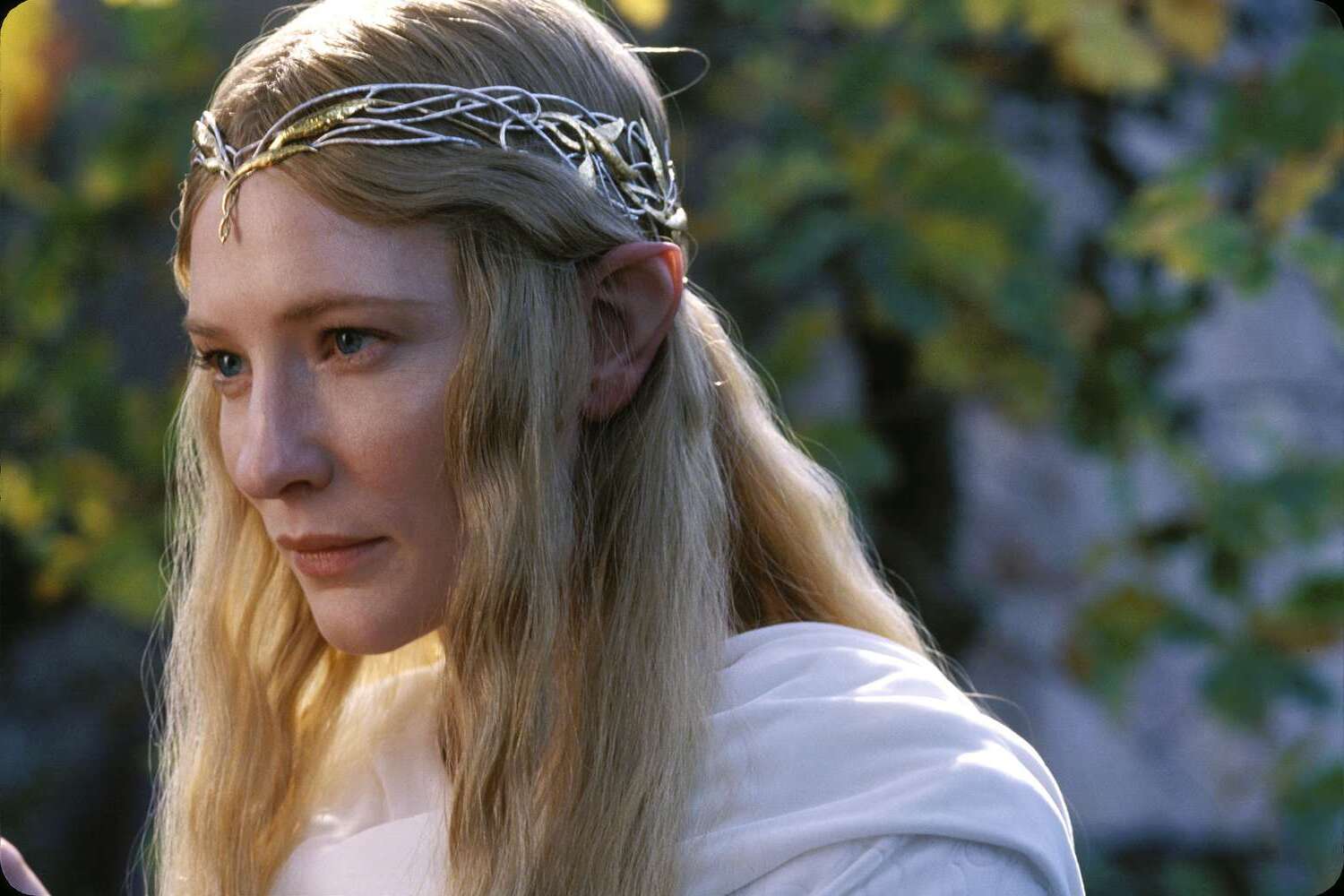
Ever wondered why Lord of the Rings has captivated hearts and minds across the globe? Well, you're about to find out! This magical saga, penned by J.R.R. Tolkien, isn't just a cornerstone of fantasy literature; it's a sprawling universe brimming with secrets, lore, and untold tales that even the most die-hard fans might not know. From hidden meanings behind characters' names to astonishing behind-the-scenes facts from the movie adaptations, we're diving deep into Middle-earth to unearth 20 fascinating facts about Lord of the Rings. Ready to have your mind blown by trivia and tales as enchanting as the series itself? Let's get this adventure started!
Key Takeaways:
- Middle-earth, the world of "Lord of the Rings," is inspired by real mythologies and showcases the unity needed to combat darkness, making it a rich and timeless setting for the epic journey.
- "Lord of the Rings" is more than a fantasy series; it's a profound exploration of friendship, courage, and the battle between good and evil, creating a timeless narrative that captivates audiences worldwide.
Understanding Middle-earth
Middle-earth, the central continent of Earth in J.R.R. Tolkien's imaginative realm, is not just a backdrop for Lord of the Rings but a character in its own right. This world, rich in history and culture, sets the stage for the epic journey of Frodo Baggins and his companions.
-
Middle-earth is inspired by various mythologies, including Norse and Celtic. Tolkien, a professor of Anglo-Saxon at Oxford University, drew heavily from his academic background to create a world that feels both ancient and timeless.
-
The Lord of the Rings trilogy was published between 1954 and 1955 but its creation began much earlier. Tolkien started writing what would become "The Silmarillion," the foundational work of his Middle-earth legendarium, during World War I.
The Creation of the Rings
At the heart of the Lord of the Rings saga is the story of the Rings of Power. Their creation and distribution among the races of Middle-earth are pivotal events that drive the narrative forward.
-
Sauron, the Dark Lord, deceived the Elven smiths of Eregion into creating the Rings of Power. He assisted in their making, only to forge the One Ring in secret, intending to control the others.
-
There were twenty Rings of Power in total: three for the Elves, seven for the Dwarves, nine for Men, and one, the One Ring, for Sauron himself. Each played a significant role in the history and fate of its bearers.
The Fellowship's Journey
The quest to destroy the One Ring is fraught with peril, friendship, and heroism. The Fellowship of the Ring, a group of nine members from various races, undertakes this daunting task.
-
The Fellowship consisted of four Hobbits, two Men (Aragorn and Boromir), one Elf (Legolas), one Dwarf (Gimli), and one Wizard (Gandalf). Their diversity highlights the unity needed to combat the forces of darkness.
-
Gandalf's fall in the Mines of Moria was a pivotal moment, forcing the Fellowship to continue their journey without their wise guide. Yet, it also led to his return as Gandalf the White, more powerful than before.
The Impact of the Trilogy
Lord of the Rings has left an indelible mark on popular culture and the fantasy genre. Its influence extends beyond literature into film, games, and more.
-
The trilogy has been translated into over 38 languages, making it accessible to a global audience and cementing its place as one of the best-selling novels ever.
-
Peter Jackson's film adaptations released between 2001 and 2003 brought Tolkien's world to life for a new generation, winning 17 Academy Awards out of 30 nominations.
Characters of Depth and Complexity
Tolkien's characters are remembered not just for their roles in the quest but for their personal journeys and growth.
-
Frodo Baggins, the main protagonist, is notable for his resilience and sacrifice. Despite being a Hobbit, a race known for their love of peace and quiet, he accepts the burden of the One Ring.
-
Aragorn's journey from Strider, a mysterious ranger, to King Elessar of Gondor, exemplifies themes of destiny and leadership. His character arc is a testament to the idea that great leaders are made, not born.
The Legacy Continues
Even decades after its publication, Lord of the Rings continues to inspire and entertain.
-
The story has spawned numerous video games, board games, and merchandise, proving its lasting appeal.
-
Fan communities and societies, such as the Tolkien Society, keep the spirit of Middle-earth alive through events, publications, and discussions.
-
A significant aspect of Tolkien's legacy is his detailed creation of languages for his world. Elvish languages, Quenya and Sindarin, have comprehensive grammars and vocabularies, attracting linguistics enthusiasts.
-
Amazon Prime Video announced a Lord of the Rings TV series set in the Second Age of Middle-earth, promising to explore new storylines preceding Tolkien's main trilogy.
Environmental and Moral Themes
Tolkien's work is rich with themes that resonate with contemporary issues, such as environmentalism and the corruption of power.
-
The destruction of the Shire, a peaceful Hobbit homeland, reflects Tolkien's concern for the loss of nature and rural life in the face of industrialization.
-
The One Ring symbolizes the intoxicating lure of power and its ability to corrupt absolutely. Its influence over characters in the story serves as a cautionary tale about greed and ambition.
Conclusion
-
Lord of the Rings is more than just a fantasy series; it's a profound exploration of themes like friendship, courage, and the battle between good and evil.
-
Its detailed world-building, complex characters, and intricate plot have not only set the standard for fantasy literature but have also created a timeless narrative that continues to captivate audiences around the world.
-
Tolkien's ability to weave together mythology, history, and his own imagination has resulted in a richly layered world that feels both fantastical and deeply human.
-
As we look to the future, the enduring popularity of Lord of the Rings ensures that Middle-earth will continue to be a source of inspiration, adventure, and wonder for generations to come.
A Final Look at Middle-earth's Wonders
Diving into the world of Middle-earth through these 20 facts about Lord of the Rings has been nothing short of a magical journey. From the intricate details of Tolkien's creation to the monumental effort behind the film adaptations, each fact has opened up a new layer of appreciation for this epic saga. Fans and newcomers alike can find common ground in the rich lore and the enduring legacy of the series. Whether it's the depth of the characters, the complexity of the languages, or the breathtaking landscapes, Lord of the Rings continues to captivate and inspire. This exploration has only scratched the surface of what makes Tolkien's work a masterpiece. As we close this chapter, remember, every re-read or re-watch can reveal new secrets and deepen our connection to the timeless tale of courage, friendship, and the fight against darkness.
Frequently Asked Questions
Was this page helpful?
Our commitment to delivering trustworthy and engaging content is at the heart of what we do. Each fact on our site is contributed by real users like you, bringing a wealth of diverse insights and information. To ensure the highest standards of accuracy and reliability, our dedicated editors meticulously review each submission. This process guarantees that the facts we share are not only fascinating but also credible. Trust in our commitment to quality and authenticity as you explore and learn with us.


